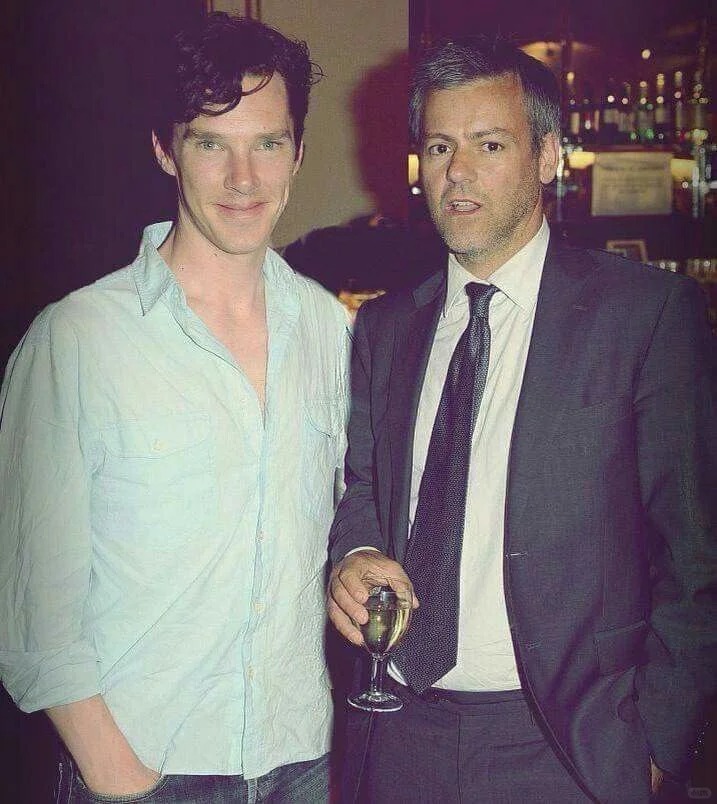Sherlock: A Groundbreaking Modern Detective Masterpiece
terehiatheatre // Episode 2025-04-30
Sherlock, the acclaimed BBC series that premiered in 2010, has captivated global audiences and redefined the detective genre for the modern era. Starring Benedict Cumberbatch and Martin Freeman, this contemporary adaptation of Arthur Conan Doyle’s Victorian-era stories brilliantly transplants Sherlock Holmes into 21st-century London, creating a television phenomenon.

1. Revolutionary Adaptation: From Victorian London to the Digital Age
The most striking innovation of Sherlock lies in its bold time-shift adaptation. The creative team seamlessly replaces pocket watches and gas lamps with smartphones, blogs, and GPS technology—not as mere cosmetic changes but as a complete reimagining of detective storytelling. In the premiere episode, A Study in Pink, the original clue “RACHE” (German for “revenge”) is cleverly reinterpreted as the name of a modern-day woman, showcasing the writers’ balance of reverence and innovation.
2. Character Portrayals: A High-Functioning Sociopath for the Modern Era
Benedict Cumberbatch’s portrayal of “Cumberbatch Sherlock” (affectionately nicknamed “Cumberbatch” by fans) is unforgettable—a genius with “high-functioning sociopathy” who evolves from cold rationality to emotional depth. His character arc spans from declaring “love is a dangerous disadvantage” to taking a bullet for John Watson’s wife, Mary, revealing his gradual acceptance of human connection.
Martin Freeman’s John Watson, a war veteran with PTSD, serves as the audience’s relatable anchor. His blog chronicling Sherlock’s cases bridges the gap between genius and ordinary viewers. Their chemistry, filled with British wit and what fans call “domestic bliss,” modernizes the classic Holmes-Watson dynamic.

3. Narrative Structure: Classic Whodunit Meets Social Commentary
Sherlock excels in intricate storytelling and clever mysteries. Season 1 follows a three-episode arc with standalone cases that subtly connect, culminating in Moriarty’s reveal. The Blind Banker (S1E2) blends ancient Chinese Suzhou numerals with London financial crime, showcasing the writers’ inventive use of cryptography. The Great Game (S1E3) employs a “five-in-one” mystery structure, layering art forgery, missile plans, and a deadly game of deductions.
Later seasons shift from pure deduction to deeper character drama. Season 4 drew criticism for prioritizing emotional conflicts over puzzles—Watson’s infidelity, Mary’s sacrificial death, and Sherlock’s dark turn disappointed fans who preferred the show’s original detective focus.
4. Cinematic Visuals and Innovative Filmmaking
Sherlock redefined TV production quality, with its film-like cinematography and groundbreaking visuals. Director Paul McGuigan visualized Sherlock’s “mind palace” as floating text, using rapid cuts and sound design to heighten tension. Creative transitions—like gunshots morphing into champagne pops—showcase the team’s ingenuity.
The 2016 special episode, The Abominable Bride, merged Victorian and modern timelines in a Inception-style narrative. Its Chinese release earned ¥60 million in two days, proving the show’s global appeal.
5. Cultural Impact and Industry Influence
Beyond TV, Sherlock became a global phenomenon. Catchphrases like “The game is on!” entered pop culture, while Sherlock’s coat-and-curls look sparked fashion trends. The show’s success demonstrated the commercial power of prestige British TV, inspiring a wave of 90-minute, cinematic-style series.
SEO Long-Tail Strategy: Phrases like “Sherlock cultural impact” and “British TV production model” appeal to academic and industry researchers.
6. Criticisms: The Price of High Expectations
Despite acclaim, Sherlock faced controversy. Later seasons were accused of relying on “queerbaiting” (hinting at Sherlock-Watson romance) over mystery-solving. Season 4’s melodrama (Mary’s death, secret siblings) alienated some fans. The special episode’s Chinese puzzle (“Hollow Foot”) confused audiences, while The Blind Banker mislabeled Suzhou numerals as “Hangzhou code,” sparking accuracy debates.
Conclusion: A Timeless Detective Legend
Sherlock revitalized Holmes for a new generation through bold storytelling, stellar acting, and top-tier production. Despite later missteps, it remains essential viewing for fans of cerebral mysteries and British drama.
By blending innovation, performance, and craftsmanship, Sherlock set a new standard for detective fiction—offering both entertainment and analytical depth for Doyle purists and modern audiences alike.
